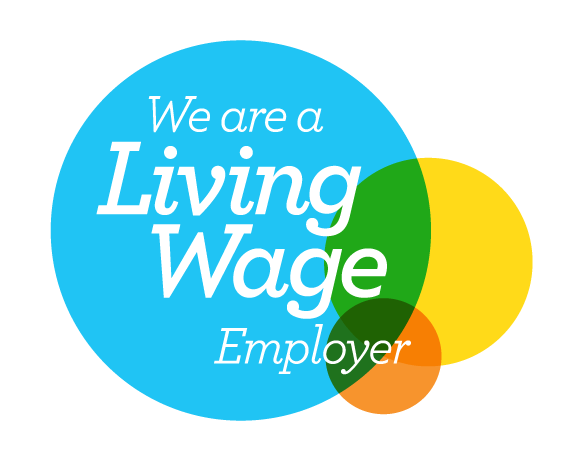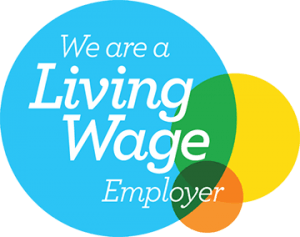What is the Nuclear Regulated Asset Base (RAB) model—and what does it mean for energy consumers?
As the UK accelerates its transition towards Net Zero 2050, the way in which we fund and deliver large-scale low-carbon infrastructure is evolving. Nuclear power, with its ability to generate continuous, low-emission electricity, will play a critical role in this shift. To support the financing of future nuclear power stations, a new funding mechanism has been introduced: the Nuclear Regulated Asset Base (RAB) model.
But what exactly is Nuclear RAB? And more importantly, how will it impact consumers and businesses?
The role of Nuclear Power in a net zero future
The UK Government has committed to achieving Net Zero greenhouse gas emissions by 2050. This ambitious target requires a significant increase in clean electricity generation to decarbonise sectors such as transport, heating, and heavy industry. While renewable sources like wind and solar will provide a large share of this power, nuclear energy is vital for delivering firm, reliable, and low-carbon electricity around the clock.
To support the next generation of nuclear projects, starting with the Sizewell C plant in Suffolk, the government is adopting a new financial model designed to encourage private investment, while reducing overall costs to the taxpayer and energy consumers.
What is the Regulated Asset Base (RAB) model?
The Regulated Asset Base (RAB) model is a government-backed funding approach commonly used in the delivery of large-scale infrastructure, such as water, gas, and electricity networks. It allows investors to receive a regulated return on their investment during the construction phase of a project, rather than having to wait until the asset is operational.
For nuclear power, this means that consumers will begin contributing to the cost of new plants like Sizewell C before they start generating electricity. This is a key difference from previous funding mechanisms—such as Contracts for Difference (CfD)—where costs are recovered only once a project begins delivering power to the grid. With Nuclear RAB, costs can be recovered for the construction and operation phases of the project.
How will the Nuclear RAB Levy work?
- Under the RAB scheme all electricity suppliers in the UK will be required to contribute to the funding of nuclear projects based on their market share. This will be managed through a Supplier Obligation mechanism, administered by the Low Carbon Contracts Company (LCCC), which will act as the Revenue Collection Counterparty (RCC).
- Suppliers will pass these charges onto consumers as a new non-commodity cost line item on energy bills—similar to other levies such as CfD and Capacity Market charges.
- Two charges will make up the cost recovery: Interim Levy Rates will be used to initially bill for the quarter and will be reconciled at the end; an Operational Cost Levy will be used to cover the cost of scheme administration
What does this mean for consumers?
- The government views that while consumers incur a new charge in their invoices, this will be offset by: Lowering the overall cost of capital by reducing investor risk
- Enable faster project delivery, reducing the need for full government underwriting
- Support long-term energy security and price stability, once the plant becomes operational
However, as with any levy applied to electricity bills, it will increase the non-commodity portion of energy costs, which can be a concern for energy-intensive users, public sector estates, and price-sensitive businesses.
When will the Nuclear RAB Levy come into effect?
The LCCC (Low Carbon Contracts Company) had previously announced that the Nuclear RAB Levy will start from October 2025, with rates starting from November at 0.3455 p/kWh.
However, the go-live date has now been pushed back to 1st December 2025 and the rate increased to 0.354 p/kWh. The Total Reserve Amount (TRA) has remained unchanged but there is one month less for collection resulting in this slightly higher rate.
Energy managers, procurement professionals, and finance teams should stay informed as further guidance is issued, and plan for the potential impact on their future energy budgets.
Preparing for the future
Understanding how the Nuclear RAB model fits into the broader energy policy landscape is essential for forward-planning. As the UK government continues to develop nuclear generation as part of its clean energy mix, we can expect more costs to be recovered through this mechanism with the build out of both large and small scale nuclear reactors.
Optimised will continue to monitor the developments around the Nuclear RAB levy and provide guidance for our clients on how it may affect their energy strategy, compliance reporting, and cost forecasts.

Article by Neil Fraser
Client Relationship Manager - Non Commodity Specialist
With 20 years’ experience within the energy industry, Neil has gained an extensive knowledge of non-commodity costs in both the gas and power sectors. During this time, Neil has helped many large-consuming businesses understand and where possible, save on their non-commodity costs, whilst keeping clients abreast of any industry changes that would directly impact their energy costs.
BOOK YOUR 30-MINUTE ENERGY MANAGEMENT CONSULTATION
Fill in your details below to arrange a complimentary consultation with one of our experts. They will give you bespoke advice to help your business achieve all its energy needs, reducing cost, consumption and carbon.










